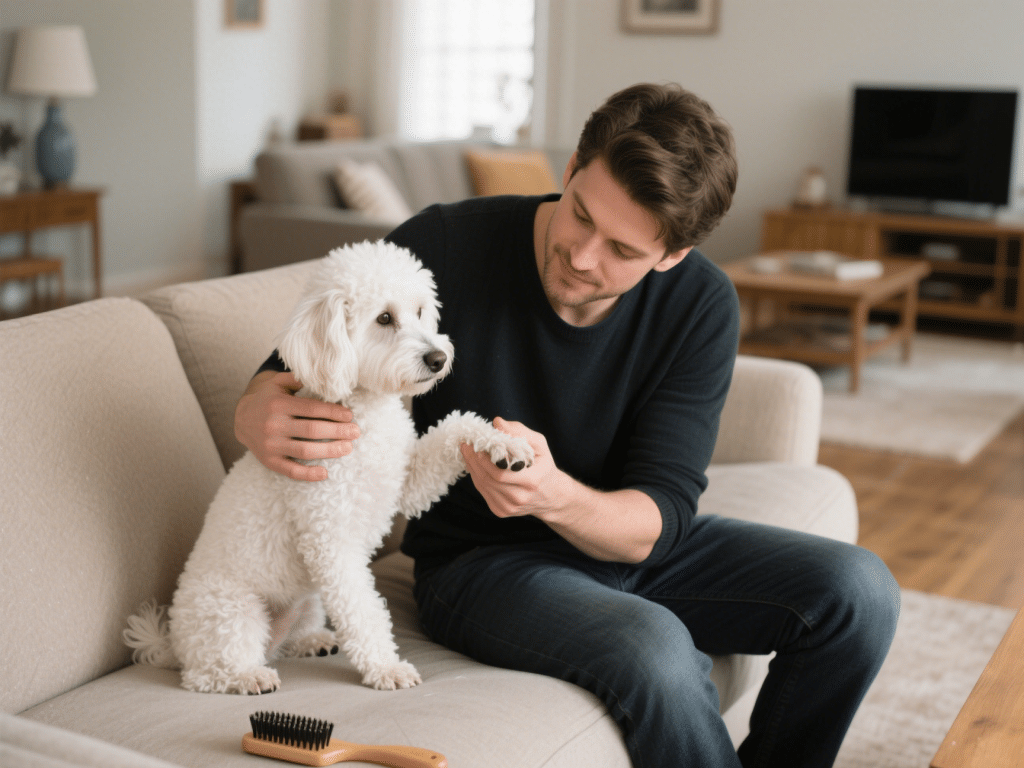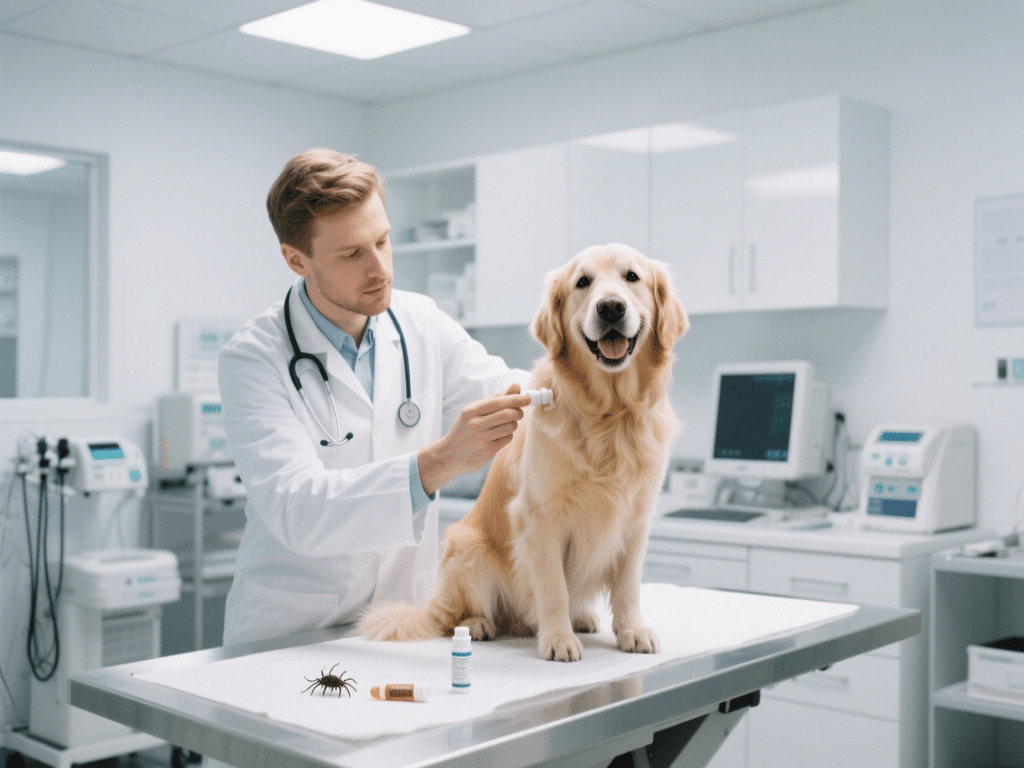Introduction
Essential oils offer aromatic benefits for humans—relaxation, improved mood, and insect repellence—but for pets, these concentrated extracts can pose serious risks. Understanding which oils are safe, toxic, and how to use diffusers responsibly can protect cats and dogs from adverse effects.
1. Why Pets Are More Vulnerable
Heightened Olfactory Sensitivity: Dogs and cats possess up to 300 million olfactory receptors, compared to humans’ 6 million. Strong scents easily overwhelm them, causing stress or respiratory issues.
Distinct Metabolic Pathways: Cats lack certain liver enzymes (e.g., glucuronyl transferase) needed to metabolize phenols and other compounds found in many oils. This can lead to buildup of toxic metabolites.
Risk of Ingestion and Topical Exposure: Curious pets may lick diffusers, bottles, or apply topically rubbed-in oils to their fur, risking ingestion of concentrated toxins.
2. Common Toxic Essential Oils
Tea Tree Oil (Melaleuca alternifolia): Highly toxic to cats and dogs when ingested or applied to skin. Symptoms include weakness, tremors, drooling, vomiting, and ataxia.
Citrus Oils (Lemon, Orange, Grapefruit): Contain psoralens and limonene which can cause gastrointestinal upset and photosensitivity. Cats are particularly sensitive.
Pine and Fir Oils: High phenol content irritates skin and respiratory tract; ingestion can lead to drooling, vomiting, and depression.
Eucalyptus, Peppermint, and Cinnamon: Can cause gastrointestinal distress, central nervous system depression, or liver toxicity. Never use undiluted on fur or rugs where pets lie.
3. Essential Oils Generally Considered Safer (with Caution)
Lavender (Lavandula angustifolia): Often cited as one of the safest when heavily diluted (≈0.25–0.5%); may have calming effects on dogs. Still, diffusion should be limited to short intervals with good ventilation.
Chamomile (Matricaria recutita): Mildly soothing; use low concentration diffused in a large space; avoid topical application.
Frankincense (Boswellia carterii): May have mild anti-inflammatory properties; keep diffusion sessions brief (≤15 minutes) and monitor pet behavior.
4. Safe Usage Guidelines
Dilution is Key: A general rule is 0.5% concentration or lower for dogs (1 drop of essential oil per 2 teaspoons of carrier oil). Cats require stronger dilution or avoidance altogether.
Use Diffusers Responsibly: Place diffusers in areas inaccessible to pets; run only 10–15 minutes at a time; ensure fresh air circulation. Observe pets for sneezing, drooling, coughing, pacing, or hiding.
Topical Applications: Avoid applying oils directly on fur or skin. If necessary, seek professional veterinary guidance and use specialized pet-safe products.
Storage and Accessibility: Keep bottles closed and stored out of reach to prevent accidental ingestion.
5. Recognizing Signs of Oil Toxicity
Respiratory Distress: Labored breathing, wheezing, coughing, or nasal discharge indicate inhalation issues.
Gastrointestinal Symptoms: Vomiting, diarrhea, drooling, or loss of appetite suggest ingestion.
Neurological Signs: Tremors, lack of coordination, depression, or seizures require immediate veterinary attention.
Dermal Reactions: Redness, irritation, or lesions at application sites.
6. Alternatives and Pet-Friendly Aromatherapy
Pet-Safe Diffusers: Commercial diffusers designed for pets with built-in safety shutoffs.
Herbal Sachets and Air Purifiers: Use dried lavender sachets placed away from pets. HEPA air purifiers can remove odors without chemicals.
Calming Supplements: L-theanine, omega-3 fatty acids, or pheromone diffusers (e.g., Adaptil for dogs, Feliway for cats) offer safer stress relief.
Conclusion
While essential oils can enhance human environments, pets require careful consideration. Many oils are toxic to cats and dogs. If you choose to use essential oils, always dilute heavily, limit diffusion time, and monitor your pet closely. When in doubt, seek advice from a veterinarian familiar with integrative or holistic pet care.










Comments on " Are Essential Oils Safe for Pets? What You Need to Know" :